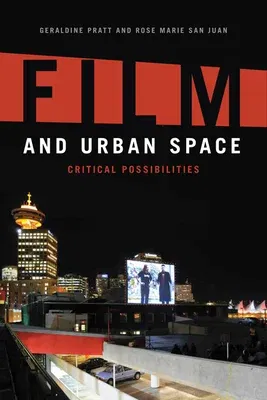Geraldine Pratt
(Author)Film and Urban Space: Critical PossibilitiesPaperback, 23 June 2014

Temporarily out of stock
Free Delivery
Cash on Delivery
15 Days
Free Returns
Secure Checkout

Print Length
256 pages
Language
English
Publisher
Edinburgh University Press
Date Published
23 Jun 2014
ISBN-10
0748623841
ISBN-13
9780748623846
Description
Product Details
Book Format:
Paperback
Country of Origin:
US
Date Published:
23 June 2014
Dimensions:
23.37 x
15.24 x
1.78 cm
ISBN-10:
0748623841
ISBN-13:
9780748623846
Language:
English
Location:
New York
Pages:
256
Publisher:
Weight:
453.59 gm